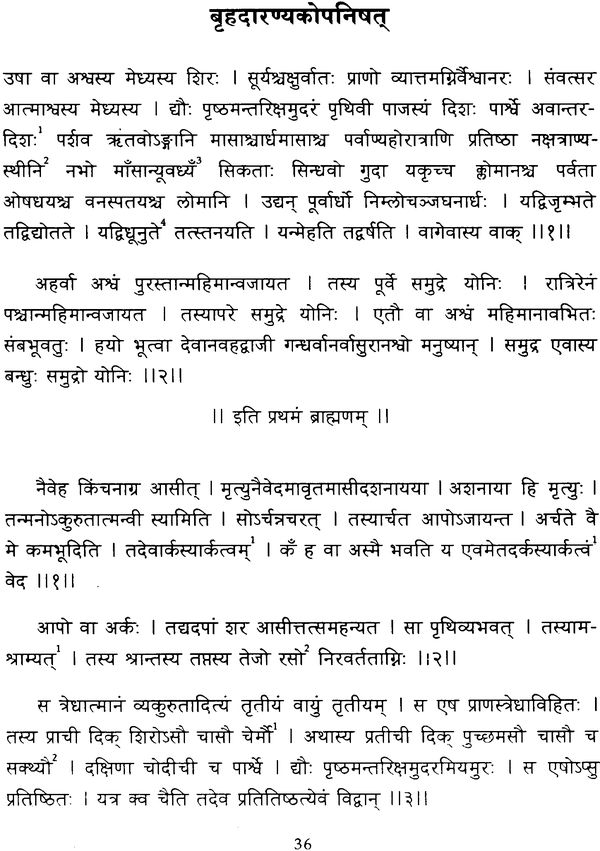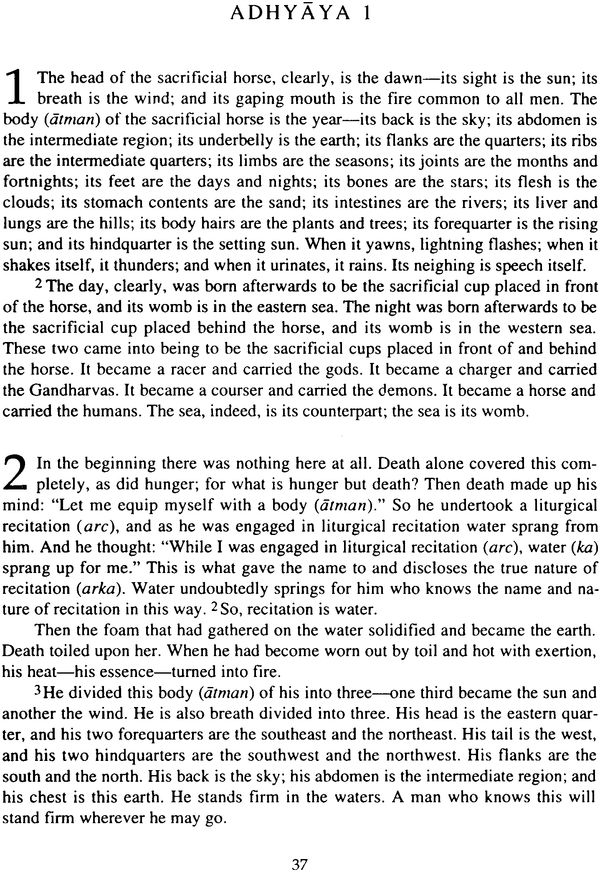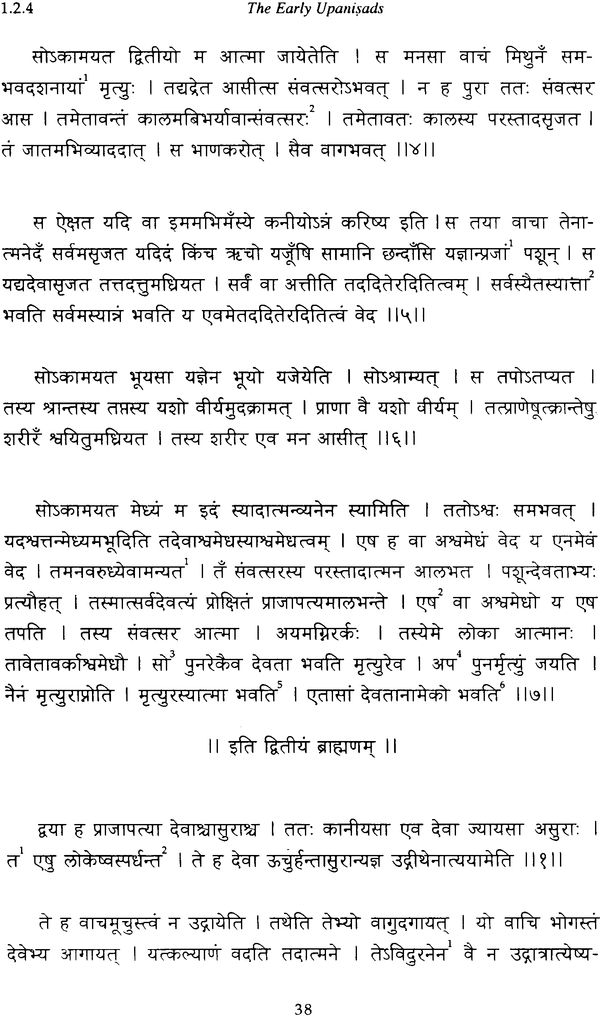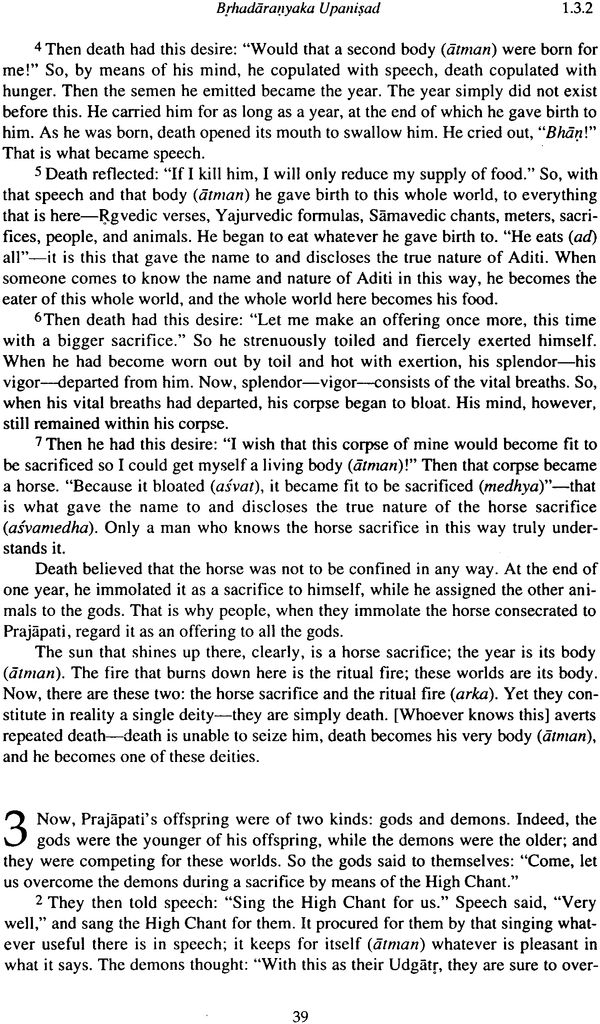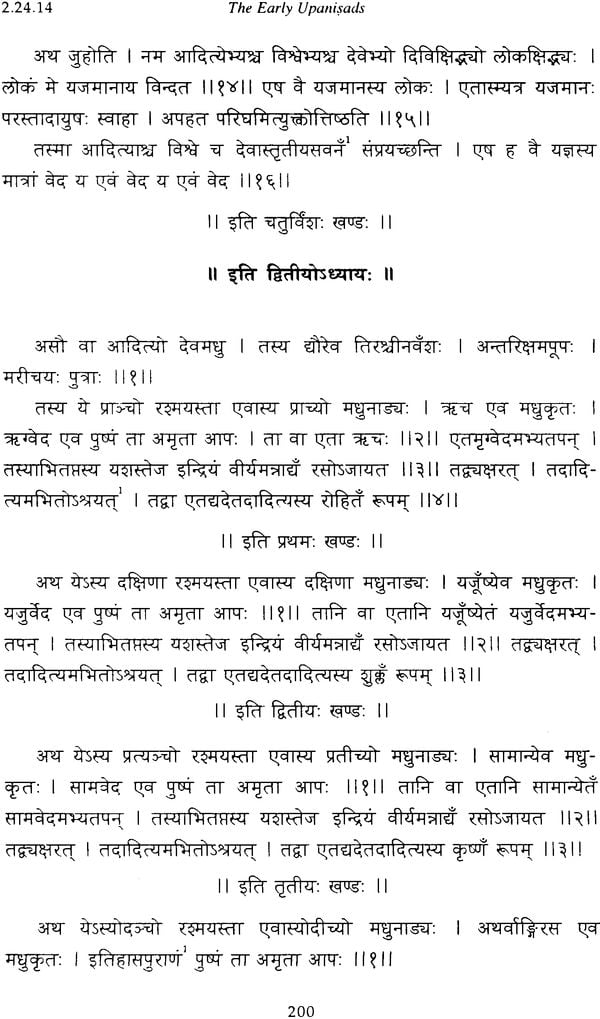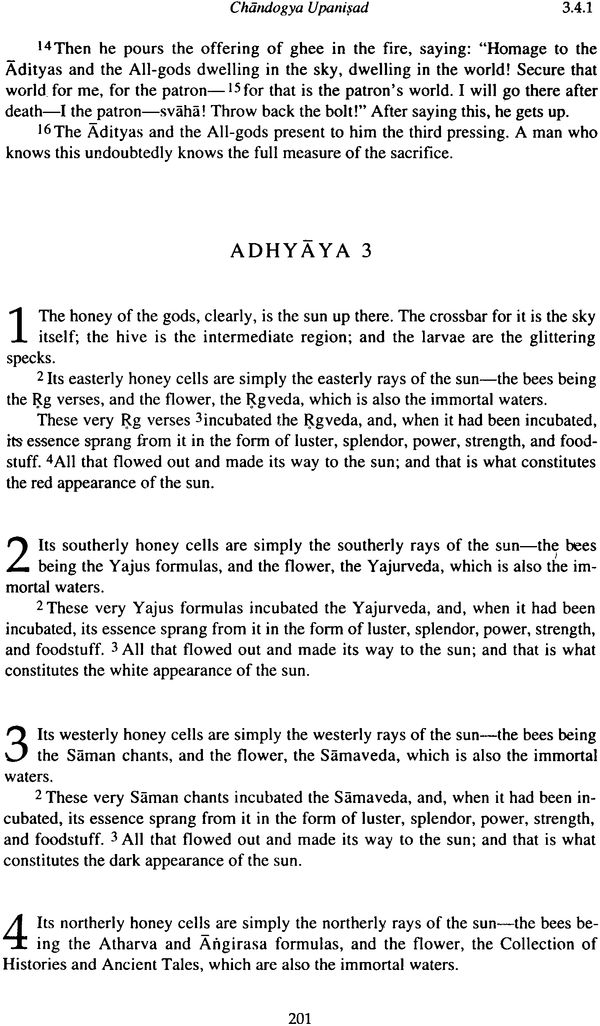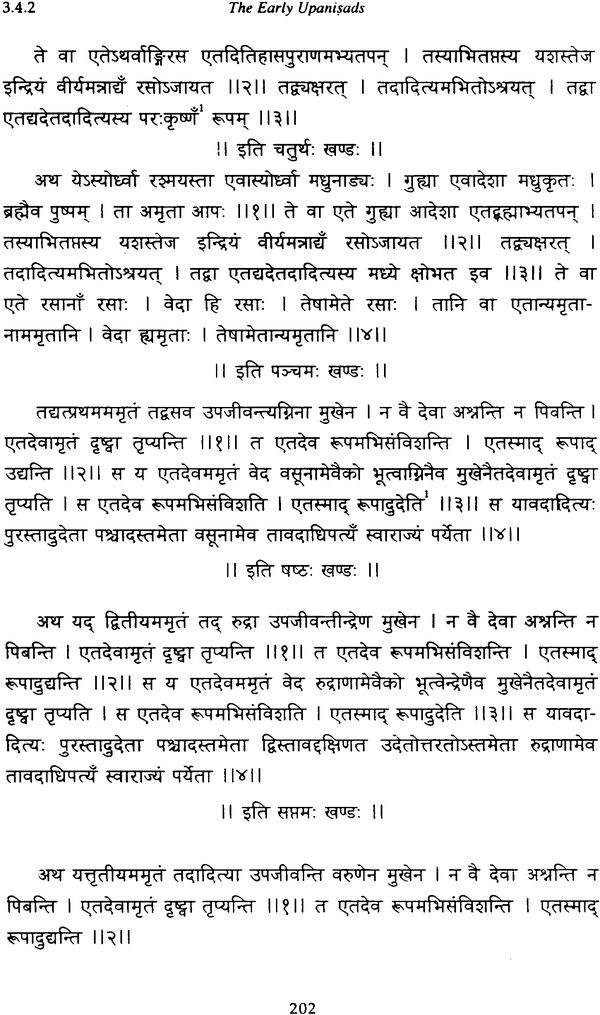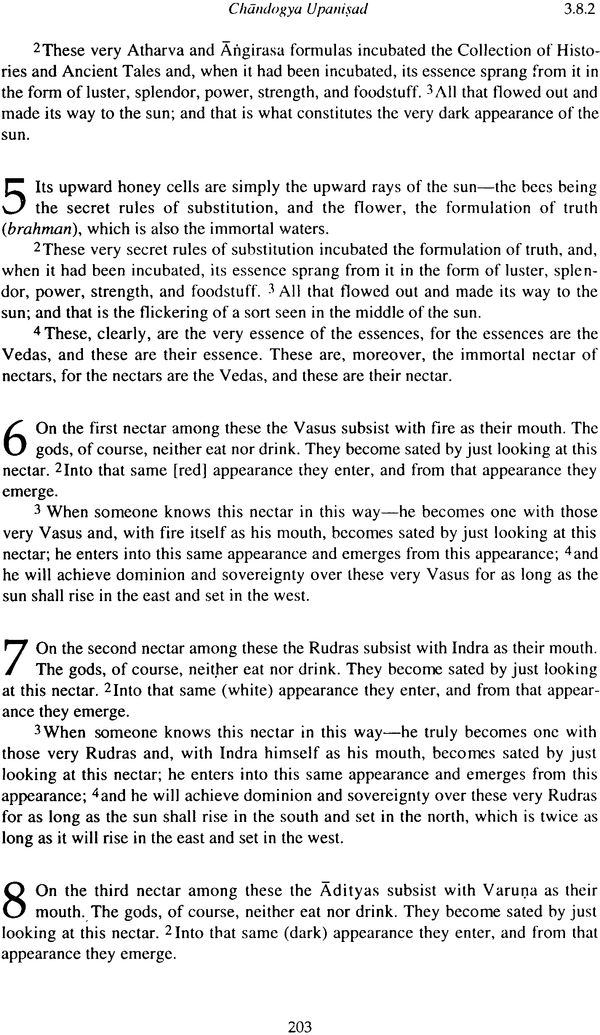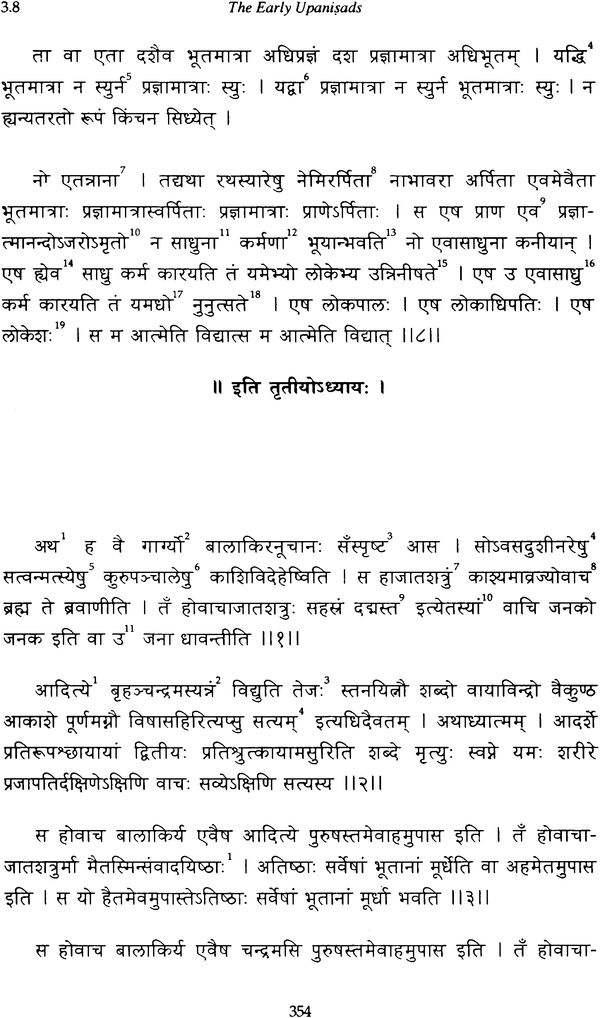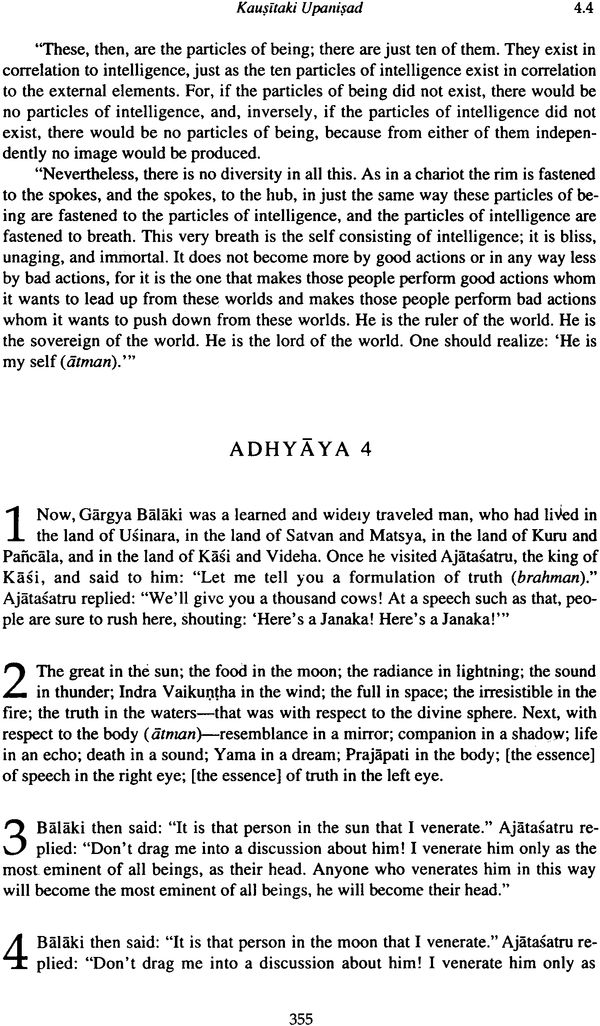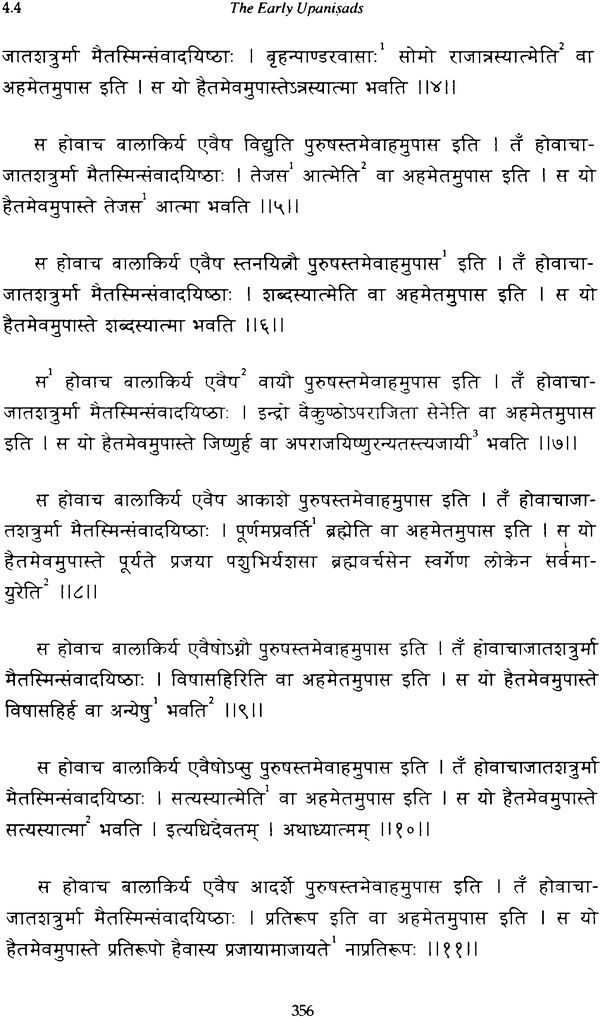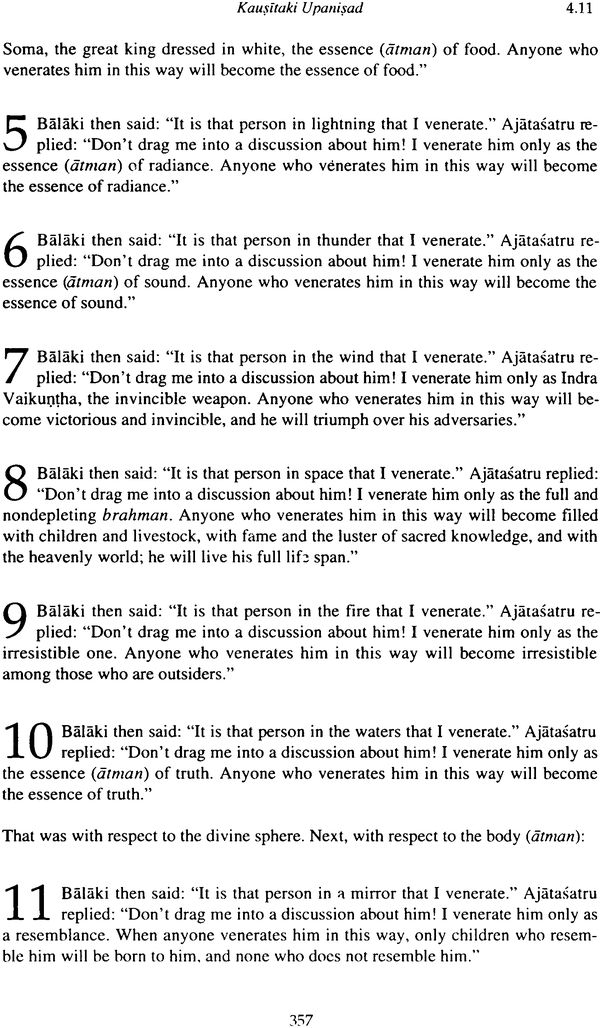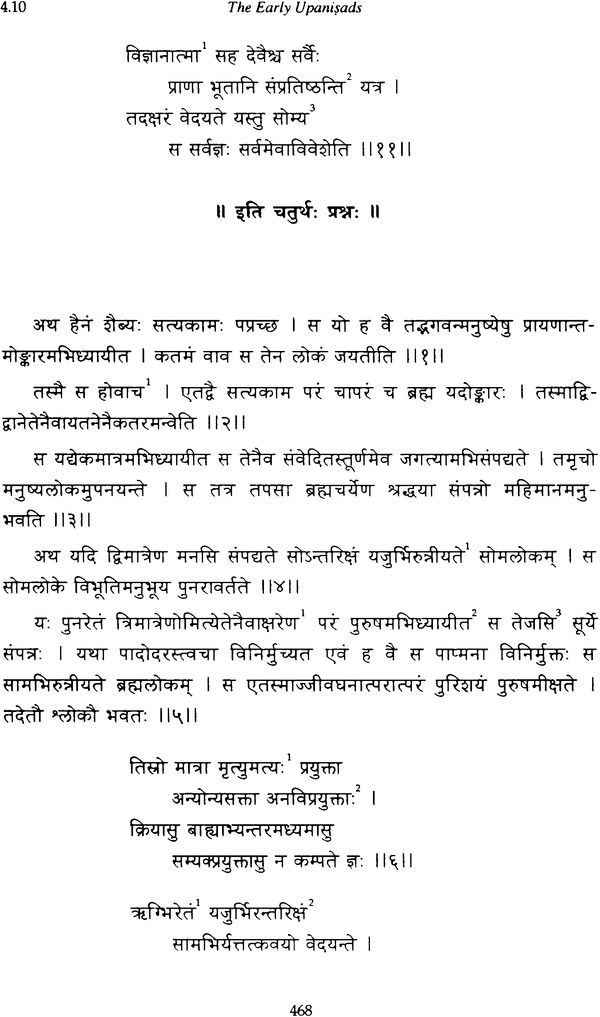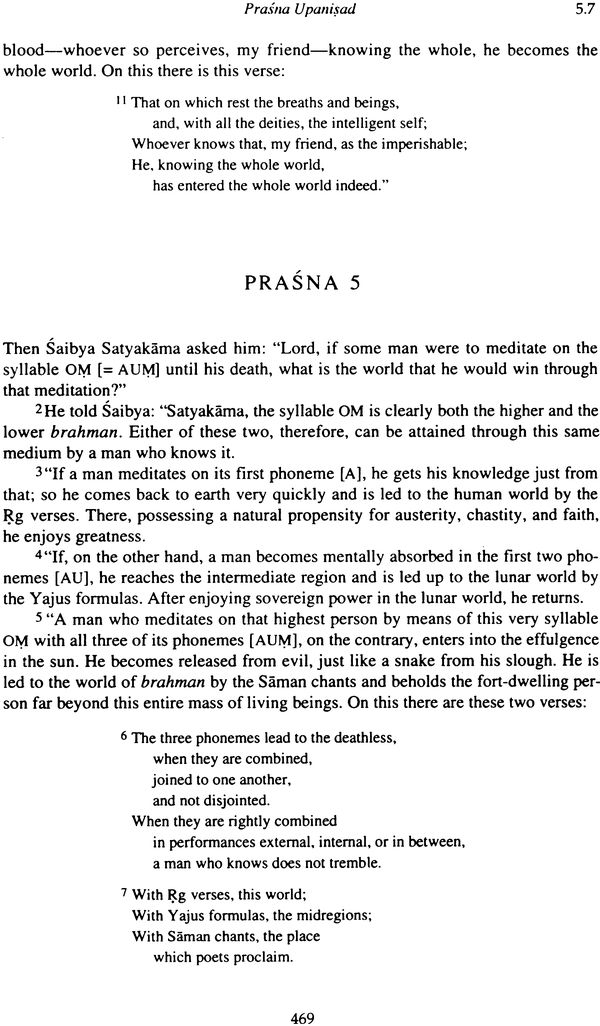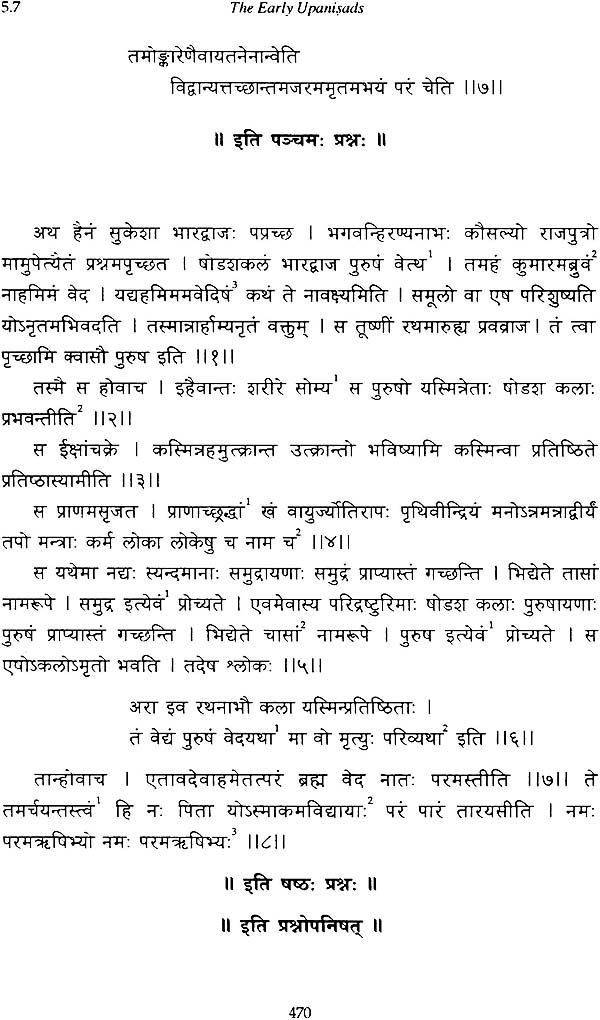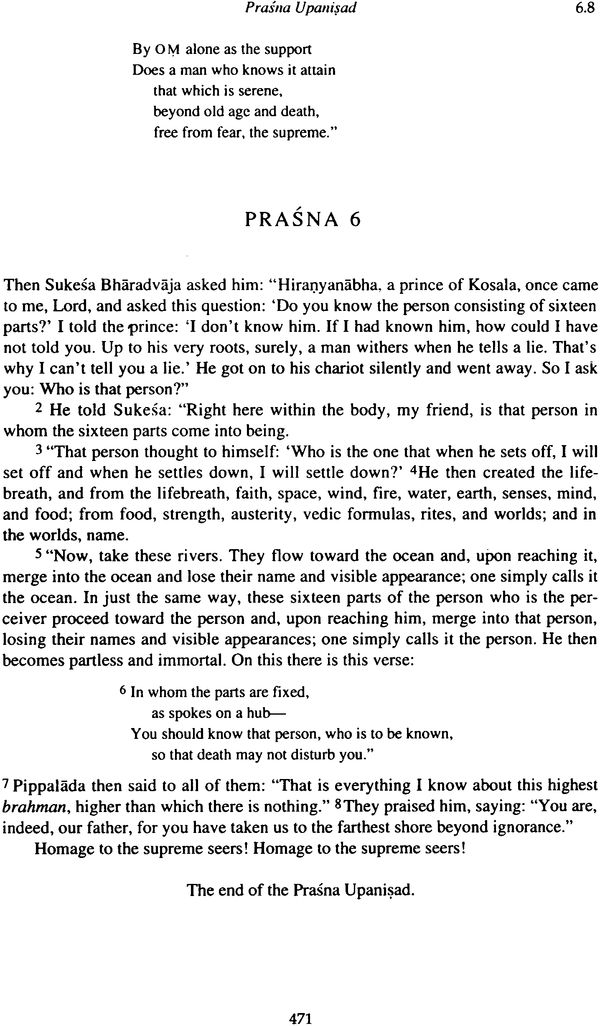
The Early Upanisads (Sanskrit Text with an Accurate and Lucid Translation)
Book Specification
| Item Code: | IDD816 |
| Author: | Patrick Olivelle |
| Publisher: | MUNSHIRAM MANOHARLAL PUBLISHERS PVT LTD |
| Language: | English |
| Edition: | 1998 |
| ISBN: | 8121508614 |
| Pages: | 699 |
| Cover: | Hardcover |
| weigth of book 1.239 kg | |
| Other Details | 9.8" X 6.5" |
| Weight | 1.24 kg |
Book Description
The Upanisads are the central scriptures of Hinduism. They represent some of the most important literary products in the history of Indian culture and religion, both because they played a critical role in the development of religious ideas in India and because they are our greatest source for the religious, social, and intellectual history of ancient India. Composed at a time of great social, economic, and religious change, the Upanisads document the transition from the archaic ritualism of the Veda into new religious ideas and institutions.
In the introduction Olivelle provides a solid background for understanding these ancient documents. He examines both the social background of the Upanisads and their literary history: authorship, chronology, and geographical provenance. He describes the ritual practices and terminology, Vedic conceptions of the cosmos and of human physiology and psychology. Finally, olivelle examines the central Upanisadic preoccupation of finding interconnections among the diverse elements of the universe. The copious notes present some of the most present philological and historical research on this material and give the reader detailed explanations of difficult passages. The list of names identifies all the major individuals and geographical names occurring in the Upanisads. Two charts present the texts of the Vedic corpus and the plan of the Vedic sacrificial arena. A map show the geographical areas mentioned in the Upanisads and the places where the different Upanisads may have been composed. A detailed index of subject is also provided.
The first major English translation of the ancient Upanisads for over half a century, Olivelle's work incorporates the most recent historical and philological scholarship and presents the Sanskrit text and translation on facing pages. All major variant readings and emendations suggested by scholars are given in the notes, which together with an informative introduction and detailed explanatory notes, make this edition ideal for both specialists and students of Indian religion and culture.
Patrick Olivelle is the Chair, Department of Asian Studies, and Director, Center for Asian Studies, at the University of Texas at Austin, where he is the Professor of Sanskrit and Indian Religions
In the summer of 1996, after the publication of my translation of the Upanishads in the Oxford University Press series World's Classics, the thought occurred to me to produce an edition of the Upanishads containing both the text and the translation, as well as variant reading and scholarly conjectures. I consulted with my two colleagues, Richard Lariviere and Gregory Schopen, who enthusiastically endorsed the project and encouraged me to publish the volume in the new series South Asia Research published jointly by the Center for Asian Studies at the University of Texas at Austin and Oxford University Press, New York. I want to thank Richard (the editor of the series), Gregory, and Cynthia Read (executive editor at OUP in charge of this series) for their support and encouragement. Insightful comments and criticisms of the two outside readers were very useful and deeply appreciated. Anna Shtutina read the entire Sanskrit text and the variant reading given in the notes; I thank her for her patience and diligence. I want to thank the editors of World's Classics for permission to reproduce here much of the material published in that edition. My gratitude to the many individuals, especially Joel Brereton, who helped me in the preparation of the translation, has already been acknowledged in the preface to that edition. Madhya Deshpande created the beautiful fonts in which this book is set.
It may be useful to say a few words about some of the decisions and compromises that have gone into the preparation of this volume. The translation and the introduction as originally published in World's Classics were intended for nonspecialist audience. I had the choice of completely reworking them for the more a specialized readership of the current edition. Given the constraints of time imposed on me by other research projects and academic responsibilities, I decided against it. Such a reworking would have postponed this volume almost indefinitely, I ;hope that even the readers of this volume will find the present translation and introduction of some use in their exploration of the Upanisads Another desideratum would have been a Sanskrit word index. I started working on one, But once again constraint of time made me decide against it. Readers can find an exhaustive index in Vishva Bandhu (1945) and useful lists in Limaye and Vedekar (1958) and Jacob (1891).I go into greater detail regarding specific decisions involving the edition and the translation in my notes on the edition and on the translation. My hope, however, is that even though I have fallen short of my own ideal of what a scholarly edition of the Upanisads. Should be, this volume will spur further scholarly interest in these important documents of India's religious and cultural history.
The publication of this volume was aided by a University Cooperative Society Subvention Grant awarded by The University of Texas at Austin and a subvention from the Marlene and Morton Meyerson Endowment for South Asian Studies of the University of Texas at Austin.
It is always the family that bears the brunt of a project such as this. My wife, Suman, not only provided comfort and encouragement but also proofread the entire manuscript several times. She has an eye for the detail and caught many errors, especially in the Sanskrit text. My daughter, Meera, was the model of patience as I stared at a computer screen for hour on end. They provided an environment of love and peace.
Abbreviations
Note on the Edition
Note on the Translation
Introduction
- The Social Background of the Upanisads
The Literary History of the Upanisads
Vedic Rituals
Vedic Cosmologies
Human Physiology and Psychology
Cosmic Connection
- Brhadaranyaka Upanisad
- Chandogya Upanisads
- Taittiriya Upanisads
- Aitareya Upanisads
- Kausitaki Upanisads
- Kena Upanisads
- Katha Upanisads
- Isa Upanisads
- Svetasvatara Upanisads
- Mundaka Upanisad
- Prasna Upanisads
- Mandukya Upanisad
Appendix: Name of Gods, People, and Places
Note
- Brhadaranyaka Upanisads
Chandogya Upanisads
Taittiriya Upanisads
Aitareya Upanisads
Kausitaki Upanisads
Kena Upanisads
Katha Upanisads
Isa Upanisads
Svetasvatara Upanisads
Mundaka Upanisad
Prasna Upanisads
Mandukya Upanisad
Bibliography
Index
